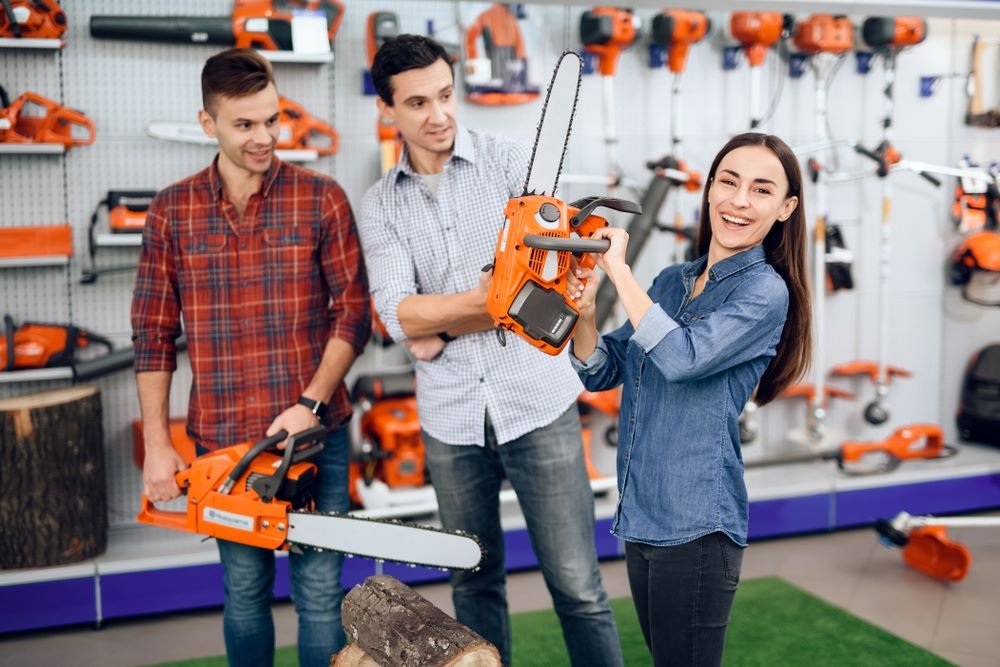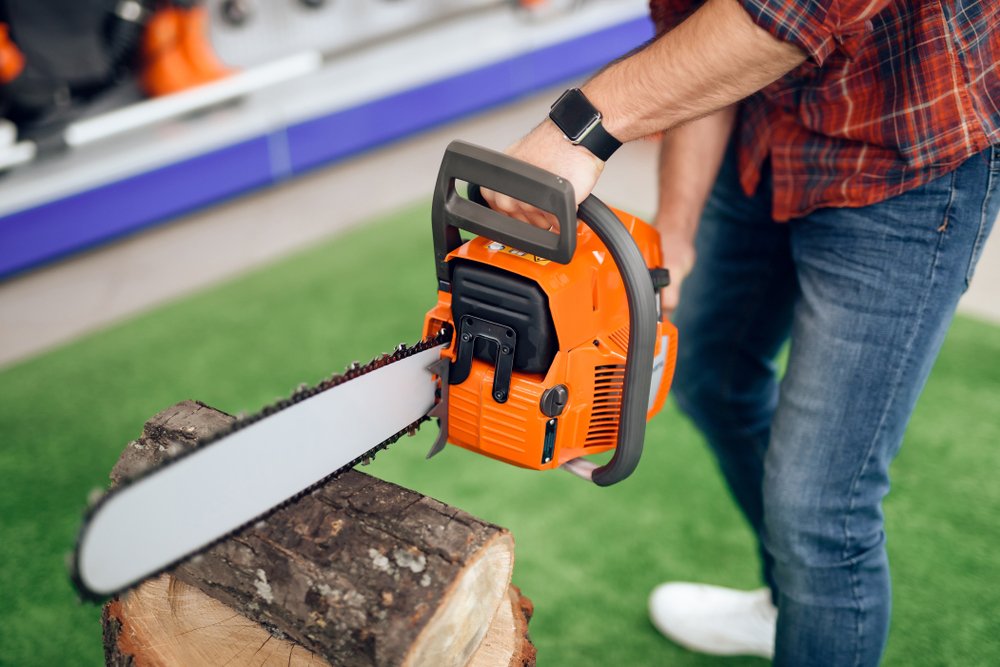Whether you’re a professional landscaper, a homeowner with a large yard, or just someone who loves DIY projects, having a chainsaw in your arsenal of tools can be incredibly useful. However, with so many chainsaws for sale on the market, choosing the right one can be a daunting task. In this ultimate guide, we’ll help you understand the different types of chainsaws, their features, maintenance, and safety tips, so you can make an informed decision and find the best chainsaw for your needs.
Understanding Your Chainsaw Needs
Before diving into the world of chainsaws for sale, it’s essential to consider your specific needs and requirements. Ask yourself the following questions:
- What type of cutting tasks do you plan on using your chainsaw for? (e.g., pruning, firewood, tree felling)
- How often will you be using your chainsaw?
- Are you experienced with using chainsaws, or is this your first time?
- What is your budget for a chainsaw?
By answering these questions, you’ll have a clearer idea of what type of chainsaw and features will best suit your needs.
Chainsaw Types: Gas, Electric, and Battery-Powered
There are three main types of chainsaws for sale: gas-powered, electric, and battery-powered. Each type has its pros and cons, so it’s essential to understand the differences to make the best choice for your needs.

1. Gas Chainsaws: Gas-powered chainsaws are known for their power and ability to handle heavy-duty cutting tasks. They’re ideal for professional use and larger projects, such as tree felling and cutting large logs. However, they can be louder, heavier, and require more maintenance than other types.
2. Electric Chainsaws: Electric chainsaws are lighter and quieter than gas-powered models, making them perfect for residential use and smaller cutting tasks. They require less maintenance and produce no emissions. The main drawback is that they need to be connected to a power outlet, limiting their mobility.
3. Battery-Powered Chainsaws: Battery-powered chainsaws offer the best of both worlds – the mobility of gas chainsaws and the low maintenance and quiet operation of electric chainsaws. They’re great for light to medium cutting tasks, but their power and run time can be limited by the battery life.
Key Chainsaw Features to Consider
When browsing chainsaws for sale, it’s important to look for the following features to ensure you’re getting the best chainsaw for your needs:
1. Engine Power (for gas chainsaws) or Motor Power (for electric and battery-powered chainsaws): This determines the overall performance and cutting ability of your chainsaw.
2. Bar Length: The length of the chainsaw bar will determine the size of the material you can cut. Longer bars are suitable for larger trees and logs, while shorter bars are perfect for smaller tasks like pruning.
3. Chain Brake: This safety feature stops the chain immediately if kickback occurs, reducing the risk of injury.
4. Automatic Oiler: An automatic oiler lubricates the chain and bar, reducing wear and tear and prolonging the life of your chainsaw.
5. Anti-Vibration System: This feature reduces vibration, making the chainsaw more comfortable to use for extended periods.
Chainsaw Maintenance and Care
Proper maintenance is crucial for the longevity and performance of your chainsaw. Here are some key maintenance tasks to keep your chainsaw in top shape:

1. Regularly check and tighten the chain: A loose chain can be dangerous and reduce cutting efficiency. Make sure to tighten it according to the manufacturer’s instructions.
2. Sharpen the chain: A dull chain can make your chainsaw work harder and increase the risk of kickback. Sharpen the chain regularly or replace it if needed.
3. Clean the air filter: A dirty air filter can reduce engine performance and increase fuel consumption. Clean or replace the filter as needed.
4. Check the spark plug (for gas chainsaws): A worn or damaged spark plug can cause starting problems and reduced engine performance. Replace the spark plug if necessary.
Chainsaw Safety Tips
Chainsaws can be dangerous tools if not used correctly. Follow these safety tips to minimize the risk of injury:
1. Wear appropriate safety gear, including safety glasses, hearing protection, gloves, and chainsaw chaps.
2. Always use both hands to operate the chainsaw and maintain a firm grip.
3. Keep a proper stance with your feet shoulder-width apart and knees slightly bent.
4. Be aware of your surroundings and ensure there are no obstacles or bystanders nearby.
5. Follow the manufacturer’s guidelines for safe operation and maintenance.
Conclusion and Buying Recommendations
With so many chainsaws for sale finding the best one for your needs can be challenging. By understanding your specific requirements, knowing the differences between gas, electric, and battery-powered chainsaws, and considering key features, you can make an informed decision and invest in a chainsaw that will serve you well for years to come.
Our top recommendations for different needs are:
- Best Overall: Husqvarna 450 Rancher Gas Chainsaw
- Best Electric: Makita UC4051A Electric Chainsaw
- Best Battery-Powered: Greenworks 40V Chainsaw
Remember, no matter which chainsaw you choose, proper maintenance and safety precautions are crucial for optimal performance and risk reduction. Happy cutting!



